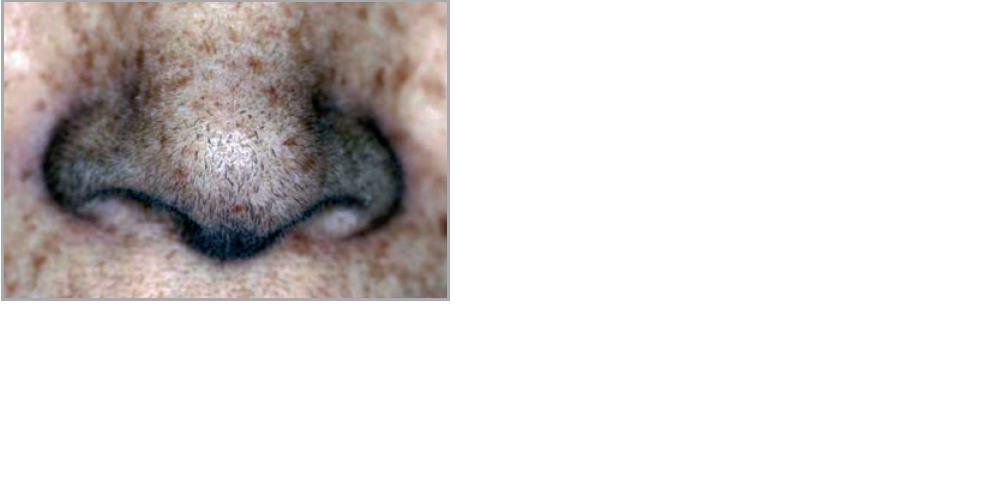» I’m surprised to hear you referring to this issue as “cleared” benji.
»
» I thought we were all still pretty unsettled on it. The Gentifib cancer
» regrowth case wasn’t using any waiting at all. And we were amassing a
» bunch of trains of thought that it made more sense not to wait at all
» either.
EXAMPLE 11
INHIBITION OF EDIHN BY EPIDERMAL GROWTH FACTOR INJECTION
[000226] 21 day-old mice were wounded as described in previous Examples. Starting from day 11 after wounding, a time point corresponding to the point at which the wound had recently re- epithelialized, 10 μL of 1 μg/ml EGF was injected into the wound bed. EGF was injected once per day after this point for a total of 5 days. Three days later, the skin was collected, and whole-mount
EDIHN assays were performed. EGF prevented HF formation as assessed by gross morphology. In addition, whole mounts of control and treated skin were analyzed with anti-K17 antibody immimostaining. All mice injected with EGF (n=4) exhibited no new HF formation (Figures 25 A-
B), while control mice (n=2) had many new HF5 as expected. (Figures 25 C-D).
[000227] In an additional experiment, recombinant EGF (1 microgram (mcg)/microliter (mcl)) was injected at days 11, 13 and 15 after wounding. Skin was collected at 18 days after wounding and stained for K,17 and alkaline phosphatase. Once again, administration of EGF inhibited EDIHN.
[000228] The findings of this Example show that EGF inhibits HF formation. Thus, inhibiting EGF, EGFR, or one of the pathways in which they participate increases EDIHN-induced HF formation.
Me again…I cant believe I overlooked this. These mice WILL form some hair when abraded alone, but by administering EGF when their skin had re-epilithialized, they were able to stop this. If they block EGF at day 11 (EXPERIMENT 12), they could enhance hair follicle formation. Obviously they mean what they say about skin needing to re-epilithialize. Whether or not EGF could be inhibited before re-epilthialization and hair placodes still form is anybody’s guess, but we KNOW they got growth when the agonist was used on day 11 post wounding in the mice. This would correspond to day 3-5 in us depending on the depth of the wound.
I think the immune system is the “biggie”. The immune system in a human being, MUCH MORE EVOLVED than what it is in a mouse, is going to respond to a disruption in its protective layer of the whole organism (the dermis) without fail. If anti-microbials and anti-inflammatories and anti-histamines can calm the wounded area and keep it infection free…then perhaps the immune system might not respond so mightily, but thats just conjecture. We know if the immune system is suppressed, hairs will grow (EXPERIMENT 7).
Haroldo (Harold Hallman) had noted in other experiments in mice that if there is inflammation the mice wont form hair when they are baby mice. It somehow will interdict the whole process.

